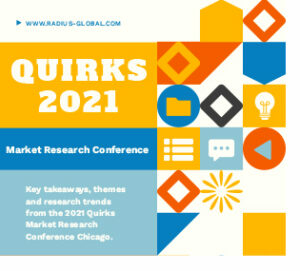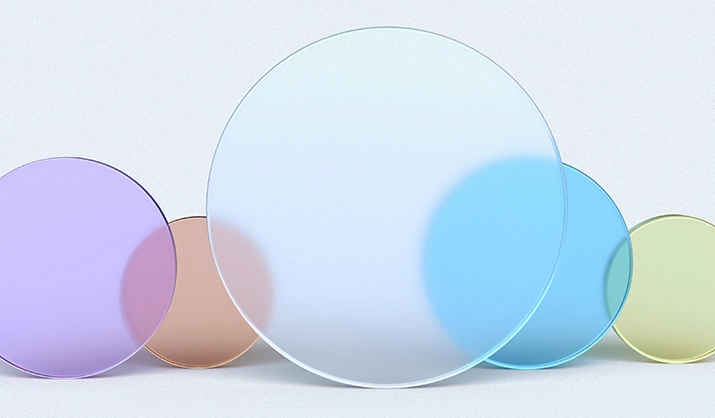Among the key research trends discussed at the Quirk’s 2021 Market Research Event in Chicago was the use of multiple research phases and mixing qualitative methods to more deeply understand consumers. Speakers at the event emphasized that a combined methodology approach continues to be the “gold standard” in creating a holistic research approach that offers a brand team critical advantages:
- Allows for both inductive and deductive thinking
- Simplifies the complex
- Delineates differences between qualitative and quantitative phases
- Provides a more complete view of the consumer
Speakers at the event emphasized that a combined methodology approach continues to be the ‘gold standard’ in creating a holistic research approach that offers a brand team critical advantages.”
At Radius, many of our research projects deploy a mixed methodology approach, and I was proud to present with my client, Teresa Davies-Clark, Clorox Human Insights Associate Director, on how this approach helped Burt’s Bees understand and enter a new market (China). To do so, we blended consumer empathy and cultural immersion methodologies that created a “soul journey” to more deeply understand the Chinese consumer. The three-phase project was designed to immerse the brand team in the culture, life and category of the Chinese consumer:
Phase 1: Expert Interview Immersions
We reached beyond typical beauty experts by touring a pharmacy and interviewing a pharmacist to hear about traditional Chinese medicine. We also interviewed a doula, herbalist, and visited a spa and conversed with the owner and her staff, etc. in order to better understand the Chinese culture and natural beauty market through exploration and discussion with these experts. This helped us develop a sense for critical industry and cultural trends and build foundational knowledge that could then be applied to adjusting our focus group design as well as leveraged within the groups themselves.
Phase 2: Exploratory Focus Groups
We started with a broad group discussion to better understand key cultural nuances. We also leveraged storytelling techniques, images and a series of psychographic and projective techniques to uncover habits/routines, attitudes and key motivations within the natural beauty category.
Phase 3: Ethnographic In-Homes
From the focus groups, we selected participants for additional ethnographic immersion and in-home research. Additional respondents were recruited for an extra round of ethnographic immersion to better understand what consumers not only say but what they think, feel and do through the comfort and context of their own homes.
This mixed methodology approach for the Burt’s Bees brand helped the internal team understand just how different beauty is in China, and key cultural differences that can affect a brand’s positioning.

Download a summary PDF for more takeaways from the Quirk’s Chicago Event on agile research, jobs-to-be-done research, futurist thinking and more.




